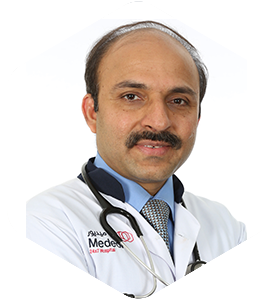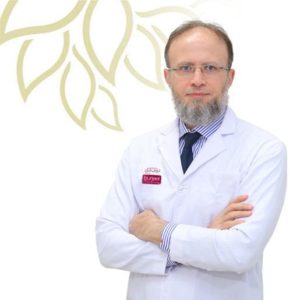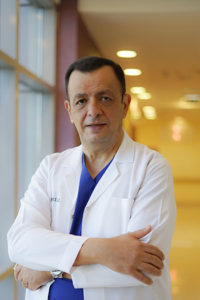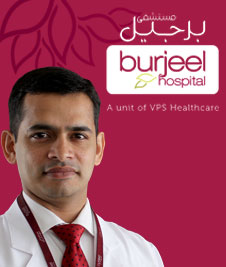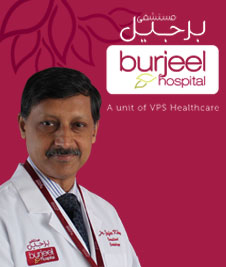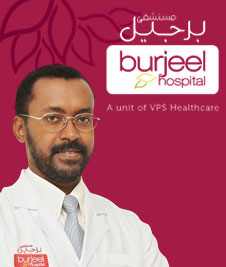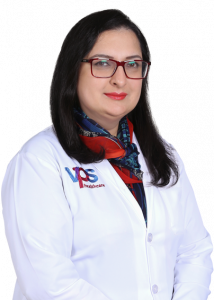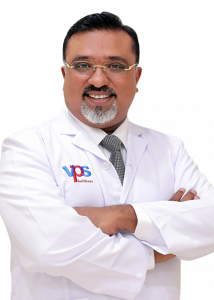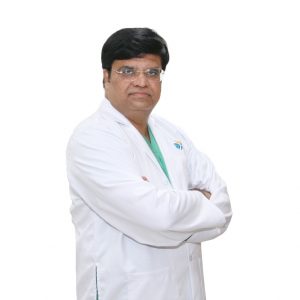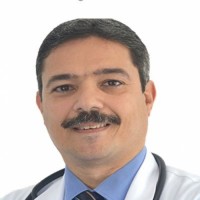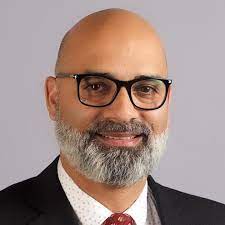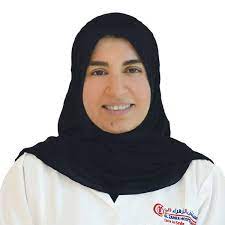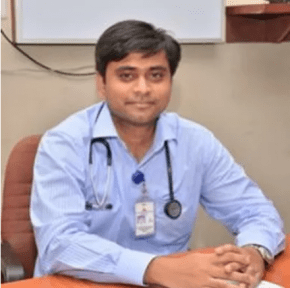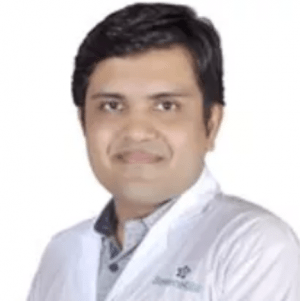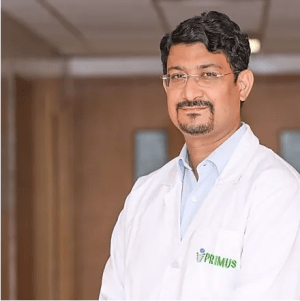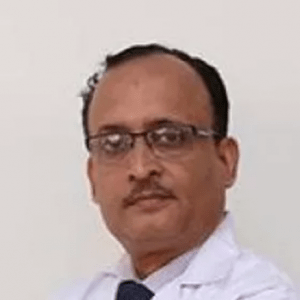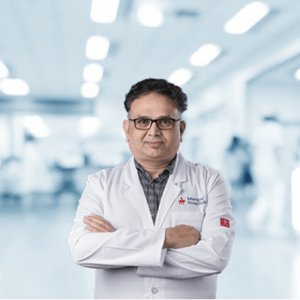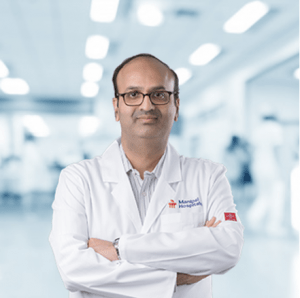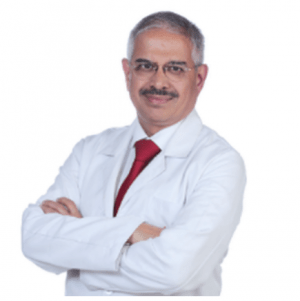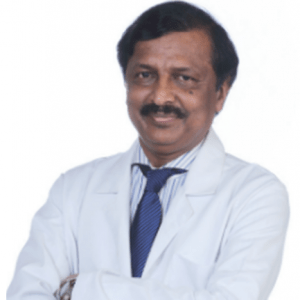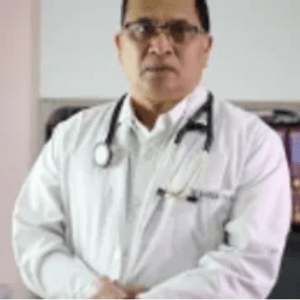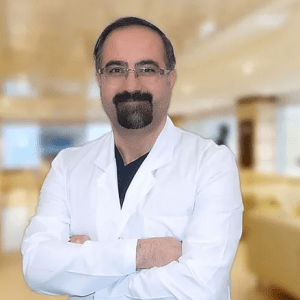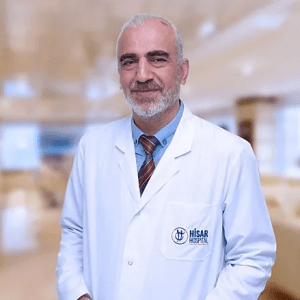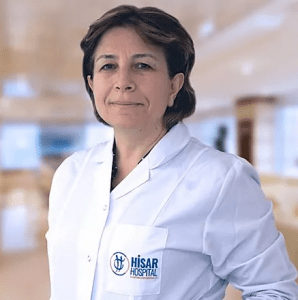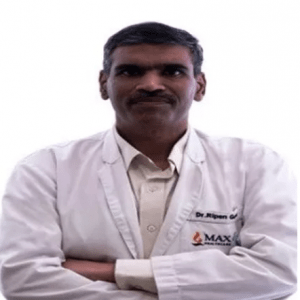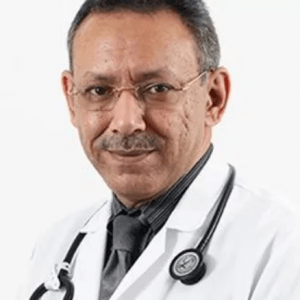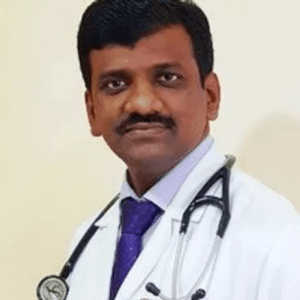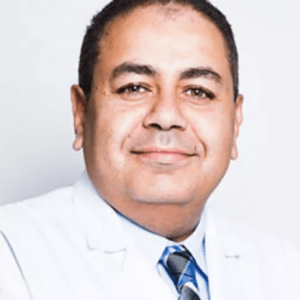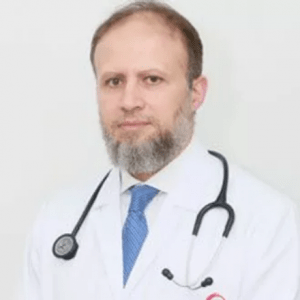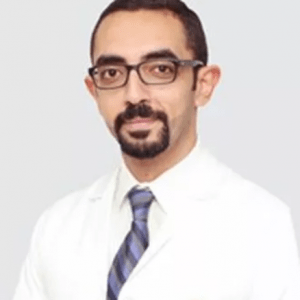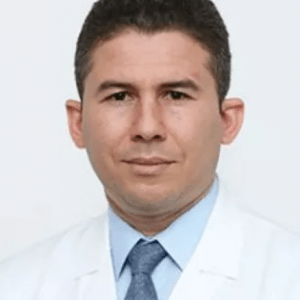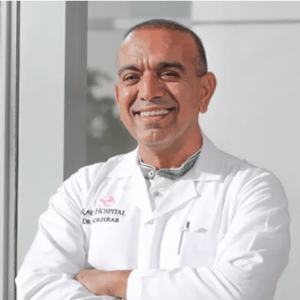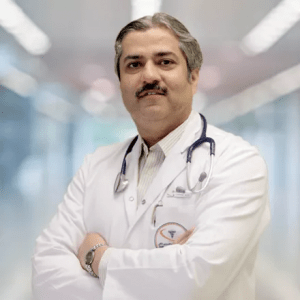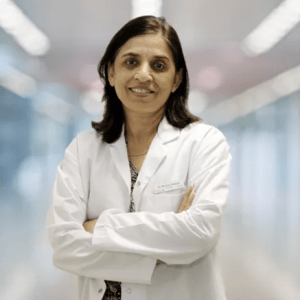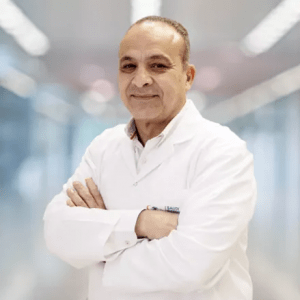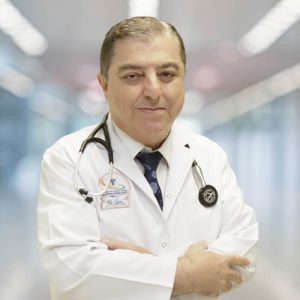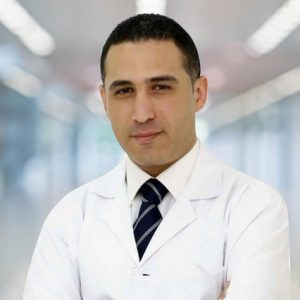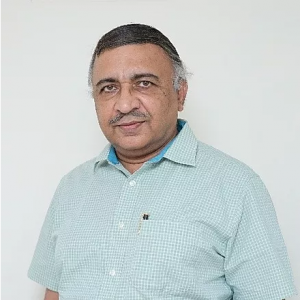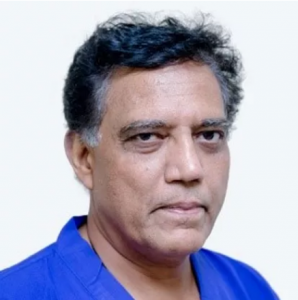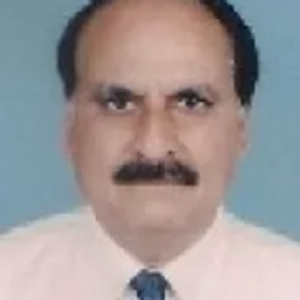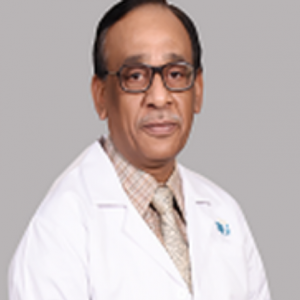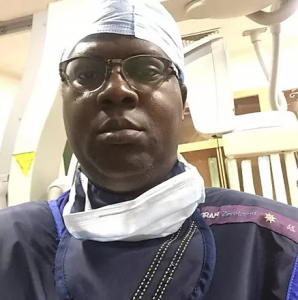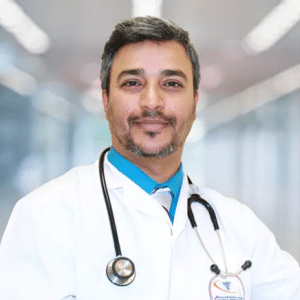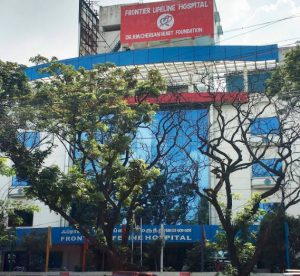Atrioventricular canal defect
Atrioventricular canal defect is a combination of heart problems resulting in a defect in the center of the heart. The condition occurs when there’s a hole between the heart’s chambers and problems … Read More
Top Doctors For Atrioventricular canal defect Treatments
Top Hospitals For Atrioventricular canal defect Treatments
Atrioventricular canal defect
Difference between atrioventricular canal defect and septal atrial defect
Atrioventricular canal defect is a defect of ventricles of upper or lower chambers of the heart whereas septal atrial defect is a defect of arteries of two upper chambers also known as partial atrioventricular canal defect. It is a congenital health problem. It causes damage to the lungs as a hole in the heart pumps more blood in the vessels that reach the lungs.How is atrioventricular canal defect diagnosed?
Atrioventricular canal defect can be diagnosed through images generated with the help of sound waves that is an echocardiogram, MRI is often employed for enhanced multi-directional images, x-rays, pulse oximetry and it checks blood oxygen level and cardiac catheterization. A flexible pipe is guided inside the heart through the navel to diagnose during cardiac catheterization.Atrioventricular canal defect treatment
Treatment involves open-heart surgery for restoring the proper functioning of the heart. It is done to replace valves, repair abnormal portions of the heart, installing machines for a regular heartbeat, and heart transplant. It is performed under anesthesia. A cut is made in the chest for scrutinizing defects. This procedure is usually performed within three months after diagnosis in a baby. During the process, the doctor stitches the cavity with patches and muscles. Also, a valve is split into two small valves to overcome the defect. In partial atrioventricular canal defect, the mitral valve is restored or it can be replaced with a donated or artificial valve. After the procedure, the cut is sealed. A tube is left inside to facilitate fluid movement and another tube for the discharge of urine.Risks and benefits of open-heart surgery-
Though risks are uncommon one must consult a doctor in case of irregular heartbeat, chest pain, infection, loss of blood, memory loss, fever, difficulty in breathing, and swelling. Some rare risks involve pneumonia, heart attack, and blood clotting though they occur in patients with other problems such as diabetes and obesity. Benefits are chances of side effects are rare, easily available, better results, no needs for additional surgeries, rehabilitation methods are available, proper functioning reduced chances of reaction, medicines for pain management are available, and medical insurance cover.Recovery
The patient is shifted to the intensive care unit for monitoring pulse and heart rate. To avoid infection, a patient must keep the operated area dry and warm, bathing with warm water, washing hands before touching the area and the area should not be stressed to prevent leaking of fluids. Fever, oozing, and redness are some signs of infection. However, mild swelling and pain are normal for a few hours. To recover faster, get enough sleep, take medications, prevent caffeine, and avoid muscle strain.Symptoms
Symptoms of complete canal defect and partial canal defect are different. Atrioventricular canal defect occurs either in two chambers or in all four chambers which leads to excessive blood flow to the lungs. In complete atrioventricular canal defect, symptoms are visible during the initial weeks of birth. These indications are heart failure, pale skin, wheezing and appetite loss, discolouration of skin and lips, rapid breaths, difficulty in breathing, a problem in gaining weight, swelling of feet, ankles and legs and sweating.
In partial atrioventricular canal defect, symptoms are breath shortness, problems of the heart valve and irregular heartbeat, fatigue, pulmonary hypertension and heart failure.
Types of atrioventricular canal defect
- Complete atrioventricular canal defect
In complete atrioventricular canal defect, a huge hole appears in the heart where arteries and ventricles join resulting in a mixture of pure and impure blood. When blood mixes, it becomes hard for a heart to work properly and eventually results in its enhancement. It is a chronic heart disorder. In a fetus, when a heart forms inefficiently it leads to inappropriate valve formation. Generally, chambers are separated by mitral and tricuspid valves which detach left and right chambers respectively. Thus in this disorder, only one bigger valve is present with leakage of blood and other problems.
- Partial atrioventricular canal defect
In a partial canal defect, two upper chambers get separated due to a hole in the septum. Generally, leakage occurs from the valve which connects the lower chamber from the upper chamber. It is also known as an atrioventricular septal defect. In this case, a hole is present but not big enough to affect lower chambers as only mitral valve correction is required. Medically, this hole is known as an atrial septal defect.
- Transitional atrioventricular canal defect
A transitional defect has dual nature as it looks like the complete atrioventricular canal defect but acts as a partial atrioventricular canal defect. In this defect, the valves are attached with ventricular septum which bifurcates it in two parts. It occurs mostly due to heterotaxy syndrome and also defined as single ventricle lesions.
- Unbalanced atrioventricular canal defect
Unbalanced atrioventricular canal defect has many forms and is very uncommon. If it is severe then treatment is immediately employed for easing ventricle pressure. If the condition is mild, surgery can be performed since better treatment is yet to be found. This makes it more challenging as compared to other atrioventricular canal defects.
Causes
Several times, the reason is not known as it can occur during pregnancy in the baby. Down syndrome can also result in atrioventricular canal defect. Other possible causes are rubella, consumption of alcohol, smoking, diabetes and genetic heart problems. Noonan syndrome and heterotaxy syndrome are also associated with this defect.
- Down syndrome: it is defined as the condition in which there is an excess copy of chromosomes in a baby. This situation leads to mental and physical underdevelopment. There are three types of Down syndrome namely trisomy 21, translocation and mosaicism. Symptoms of Down syndrome are a short neck, small ears and head, improper muscle tone, features of the face are flat, poor learning capacity and problem in concentrating. Other medical conditions accompanied by Down syndrome are hearing loss, cataract, leukaemia, dislocations, dementia and obesity.
- Noonan syndrome: it is described as the heredity problem, that is when an affected gene gets copied, which leads to retarded body development. Symptoms of Noonan syndrome are wide eyes, flat nose, backwards rotated ears, large head, thin skin, crooked teeth and a droopy face. Diseases caused by Noonan syndrome are hypertrophic cardiomyopathy that is a thickening of muscles of heart, disorders of the valve, irregular heartbeat, ventricular septal defect, spine deformity, myopia, cataracts and pulmonary artery stenosis.
- Heterotaxy syndrome: the placement of organs between situs inversus and situs solitus is called heterotaxy syndrome. This condition changes the connection of blood vessels which leads to changed structure of lungs and heart. Signs of heterotaxy syndrome are increased chances of infections, discolouration of skin and lips, shortness of breath and indigestion. Some chronic problems are biliary atresia and congenital heart disorders. It can occur due to rearrangement, deletion, insertion and copying of chromosomes in the body. Atrioventricular canal defect is a common problem due to heterotaxy syndrome.
FAQ
How does atrioventricular canal defect affect the body?
It causes severe health problems such as heart failure, damage of lungs due to excess flow of blood, enlargement of heart which leads to stress, high blood pressure, stroke and problems in heart muscles.
What are the risk factors of complete atrioventricular canal defect?
Risk factors of complete atrioventricular canal defect are alcohol consumption, smoking, diabetes and Down and Noonan syndrome.
What is the cost of the treatment of atrioventricular canal defect?
The surgery can cost between $7,000 and $10,000. It costs more in highly developed cities and days of stay in hospital and other medications can add up for a hefty cost.
How long does treatment of this defect take?
Open heart surgery takes around 3-6 hours. Recovery and preparation take 2-3 hours. Overnight stay is recommended before and after surgery. For complete recovery, rest for at least 4-5 weeks is necessary with regular hospital visits.
How to prepare for atrioventricular canal defect treatment?
Stop all previous medications, complete all basic health tests beforehand, avoid eating fry, oily and spicy food, consult a doctor before arriving for surgery and inform the doctor about all other health problems.
What is atrioventricular canal defect (AVCD)?
It is the development of a hole in the wall (septum) that separates the upper chambers of the heart (atria) from the lower chambers (ventricles).
What causes an AVCD?
AVCD is a developmental disorder, it occurs when the heart is forming in the womb before birth.
What are the risk factors for AVCD?
Children with Down syndrome are susceptible to AVCD. Other associated factors are family history of heart problems by birth, consumption of alcohol or certain medicines during pregnancy by the mother.
How is AVCD diagnosed?
If suspected AVCD (by hearing a whooshing murmur sound on stethoscope), doctors often prescribe an echocardiogram, electrocardiogram, chest x-ray with or without injecting a dye that makes the heart structures more visible on x-ray film.
What is the treatment for AVCD?
The only treatment for AVCD is surgery, usually done within 6 months of birth.
How is AVCD surgery performed?
In AVCD surgery, the hole in the septum is covered by artificial patches in an open heart surgery. Later, lining of the heart encloses the patch and becomes continuous repairing the defect permanently. If any valve defect or other congenital defect is present, it is corrected simultaneously.
What is the result and long term outcome of the surgery?
The blood circulation is restored immediately after the surgery, though monitoring is required. Long term outcome is good as well; patients usually require no other surgery or medications.
What are the risks of AVCD surgery?
Endocardium is the lining of the heart within the chambers. Endocarditis (infection of endocardium) is the most prominent risk of AVCD surgery. To eliminate this, antibiotics are given before and after surgery.
Can a child who had an AVCD surgery lead a normal life?
After the surgery, blood circulation restores to normal. The child leads a normal life but has to keep get examined by a cardiologist or paediatrician to check the repaired defect and valves.
What are the restrictions to be followed by the child after AVCD surgery?
The child need not follow any restrictions on physical activity and can lead a normal life after surgery.
How long does AVCD surgery last?
An AVCD repair surgery can last a lifetime, in most patients. In some cases, however, the repaired defect may leak or there may be backflow from the repaired hole later in life. This can be fixed by another surgery.


